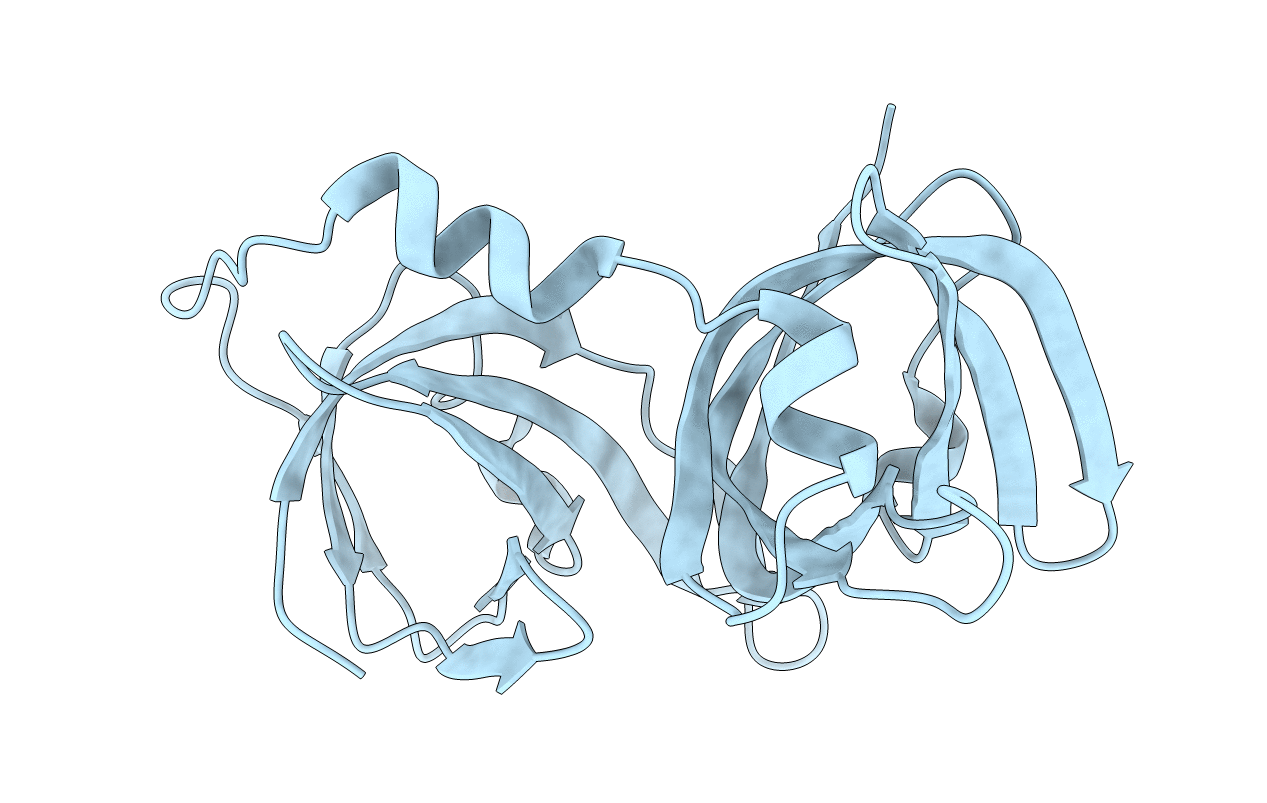
Deposition Date
2011-04-19
Release Date
2012-04-25
Last Version Date
2023-09-13
Entry Detail
PDB ID:
3RLN
Keywords:
Title:
Structural Basis of Cytosolic DNA Recognition by Innate Immune Receptors
Biological Source:
Source Organism:
Homo sapiens (Taxon ID: 9606)
Host Organism:
Method Details:
Experimental Method:
Resolution:
2.25 Å
R-Value Free:
0.22
R-Value Work:
0.17
R-Value Observed:
0.17
Space Group:
H 3 2


